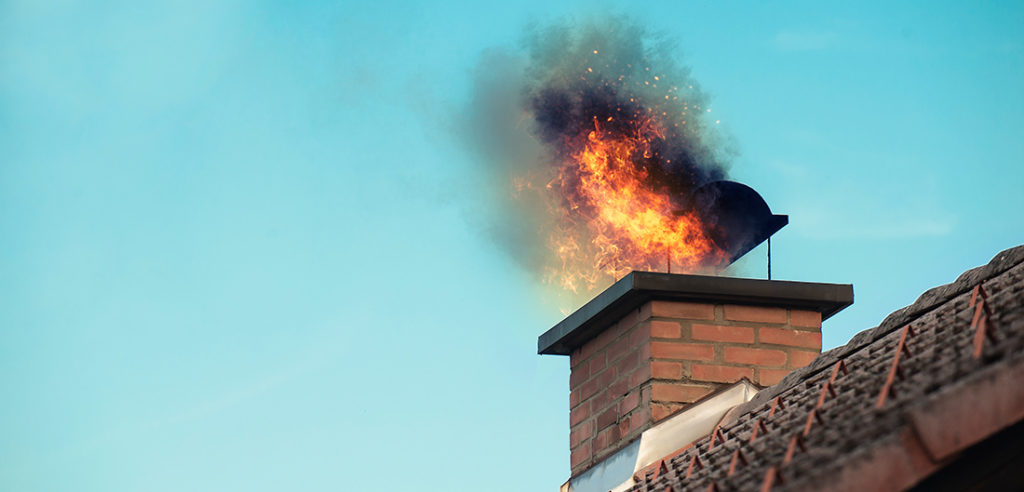
As chimney and venting experts, we know that a clean chimney doesn’t necessarily mean a safe chimney. There’s a lot that can go wrong and make a chimney unsafe for use – creosote buildup and flue blockages aren’t the only threats to safety and performance.
That’s why the National Fire Protection Association (NFPA) 211 Standard states that: “all chimneys and venting systems shall be inspected annually and swept as necessary.”
As a team that values the safety and well-being of our clients and wants to increase public awareness regarding the unseen hazards of burning wood inside the home, we follow the important guidelines of the NFPA. That’s why we encourage our clients in D.C. and the neighboring areas to invest in annual chimney inspections. It’s the easiest and most reliable way to identify what needs to be done (if anything) before you light the first fire of the season.
WHAT’S THE DIFFERENCE BETWEEN LEVEL 1 & CHIMNEY INSPECTIONS & WHEN IS EACH NEEDED?
No two chimneys are the same and different conditions and circumstances call for different types of inspections. The NFPA outlines the three levels of inspection and provides guidelines around when each is needed.
So, how do you know which level of the inspection your system requires and what’s involved? Here’s what the guidelines say:
LEVEL 1
Level 1 chimney inspections are minimally invasive and involve a look at all readily accessible portions of the chimney and attached appliance. These inspections are typically considered sufficient if you’ve kept up with routine cleanings, maintenance, and inspections, and haven’t noticed any changes in performance or made any changes to your system.
LEVEL 2
Level 2 chimney inspections involve a look at everything checked during a level 1 inspection, but also include a video scan of the flue interior to check for damage, blockages, and any other concerns and hazards. Level 2 inspections are protocol for chimney systems that haven’t been inspected in a while or that may have experienced damage from a weather event, like a tornado, hurricane, or earthquake. Additionally, level 2 inspections should be performed when the home is changing hands when the homeowner has noticed a change in performance, and when the homeowner is making a change to the system (like relining or changing appliances or fuel types).
Fireplace And Chimney Camera Inspections
Camera inspections allow both the technician as well as the homeowner to see up close, exactly what is going on inside their chimney. Common in a level 2 inspection, the chimney camera inspection is an exceptional resource to be absolutely sure that the otherwise hard-to-see areas are in good working condition.
WHAT ARE THE BENEFITS OF SCHEDULING ANNUAL CHIMNEY INSPECTIONS?
A lot of chimney damage happens internally, and is out of sight, and repair costs can add up quickly. But if you keep up with routine annual chimney inspections, you’ll get the eyes of an experienced pro on your chimney every single year. That means you’ll be alerted to any repair or cleaning needs, fire hazards, or other concerns while solutions are simple and affordable.
The bottom line is that chimney inspections can save you money and frustration while helping to keep you and your family safe and secure against preventable fire hazards. And because of their affordability, there’s really no downside to scheduling each year.
So, if it’s time to schedule call Mr Chimney & Air Duct Cleaning at 202-417-8441.